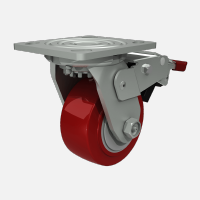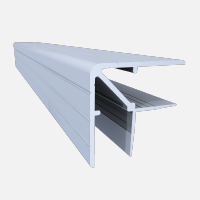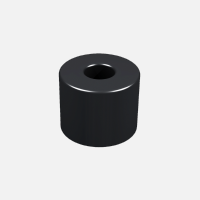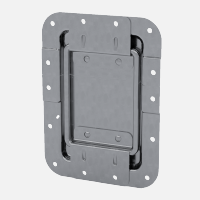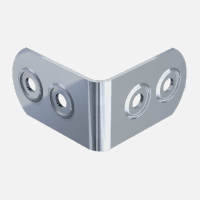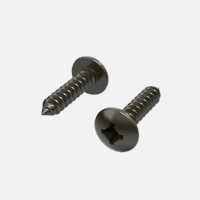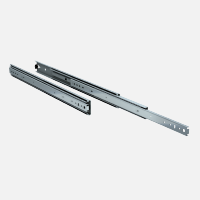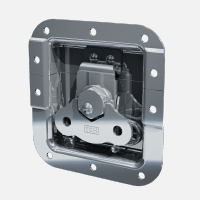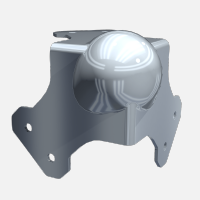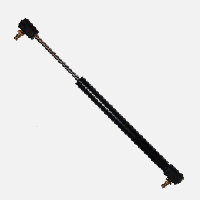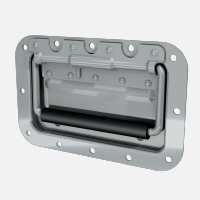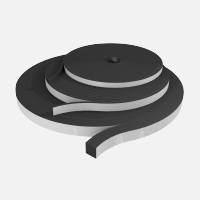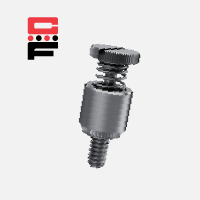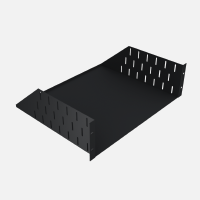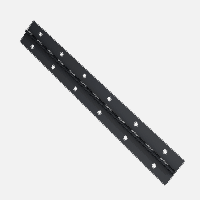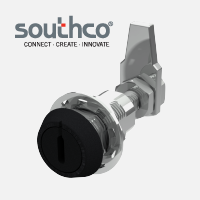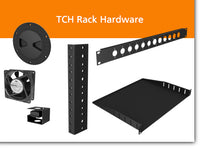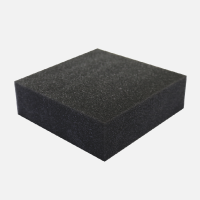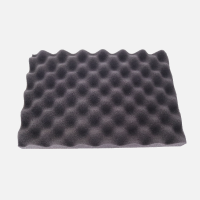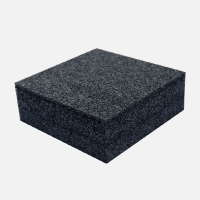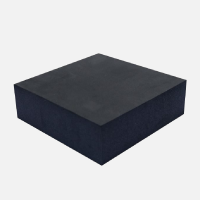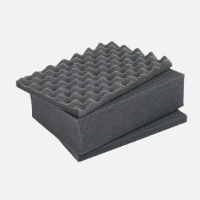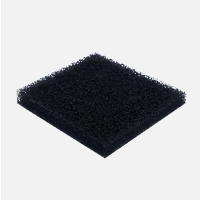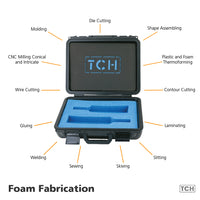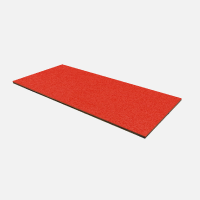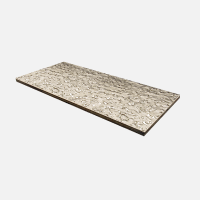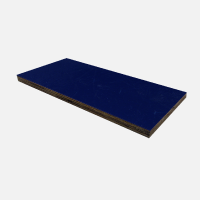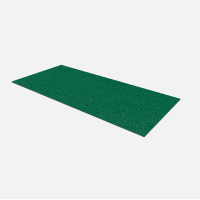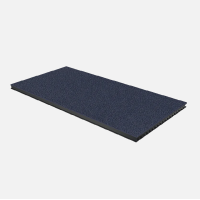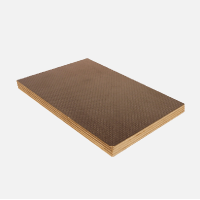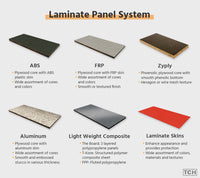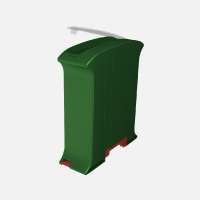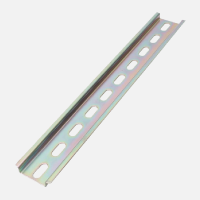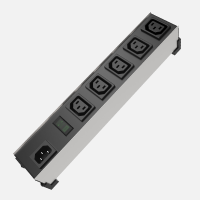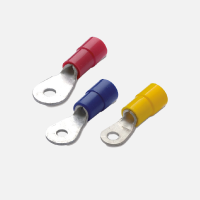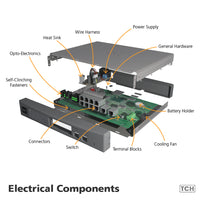 Why should industries consider polyethylene foam for product packaging? As businesses globally shift towards more sustainable practices, polyethylene foam emerges as a leader due to its protective qualities and minimal environmental impact. This material, particularly the closed-cell polyethylene foam available in the USA, offers substantial ecological benefits, making it an excellent choice for companies aiming to improve their environmental footprint.
Why should industries consider polyethylene foam for product packaging? As businesses globally shift towards more sustainable practices, polyethylene foam emerges as a leader due to its protective qualities and minimal environmental impact. This material, particularly the closed-cell polyethylene foam available in the USA, offers substantial ecological benefits, making it an excellent choice for companies aiming to improve their environmental footprint.
What makes closed-cell polyethylene foam a preferred green option?
Its appeal lies in its ability to balance protection with sustainability. Here are several reasons why it stands out:
- Durability and Reusability: Closed-cell polyethylene foam is exceptionally durable, able to withstand repeated use without breaking down. This characteristic makes it a sustainable choice, as it does not require frequent replacement. Such longevity reduces the volume of material that might otherwise contribute to waste streams, aligning with eco-friendly practices that aim to minimize environmental impact over the life cycle of products.
- Water and Chemical Resistance: The inherent structure of closed-cell polyethylene foam provides a significant advantage in terms of maintaining its condition and reusability. It does not absorb water or chemicals, which helps maintain its structural integrity over time and ensures that it can be recycled more efficiently. This resistance also prevents the material from harboring contaminants, which can often complicate the recycling process and potentially degrade the quality of the recycled material.
- Thermal Insulation Properties: Closed-cell polyethylene foam provides excellent thermal insulation. This property helps maintain temperature-sensitive products during shipping, reducing the need for additional refrigeration or heating. This contributes to energy conservation and enhances the sustainability of the logistics process.
- Low Volatile Organic Compound (VOC) Emissions: This type of foam emits minimal VOCs during production and use. Lower VOC levels mean better air quality and less environmental pollution, aligning with green manufacturing practices and contributing to a healthier ecosystem.
How does polyethylene foam aid in environmental conservation?
By integrating this foam into packaging solutions, companies can achieve several sustainable outcomes:
- Waste Reduction: Polyethylene foam’s 100% recyclability is a key environmental benefit. Post-use, this foam can be collected and reprocessed into new foam products or other useful polyethylene items. This capacity for repurposing significantly diminishes its contribution to landfill waste, helping to establish a more sustainable cycle in material usage.
- Energy Efficiency in Production: Producing polyethylene foam requires less energy compared to many other packaging materials. The energy savings achieved during its manufacturing process lead to lower carbon emissions, which supports broader efforts to reduce global climate impact.
- Transport Efficiency: The lightweight nature of polyethylene foam plays a crucial role in reducing emissions related to transport. By decreasing the weight of packaging, it lowers the fuel consumption needed for shipping goods, thereby reducing the overall environmental footprint of logistics. This efficiency is essential in minimizing the ecological impacts associated with the transportation of products.
- Reduced Material Use: Due to its excellent cushioning properties, less polyethylene foam is needed to achieve the same level of protection as other materials. This efficiency reduces the overall material usage in packaging, further decreasing the environmental impact.
- Compatibility with Clean Technologies: Polyethylene foam is compatible with new eco-friendly technologies in recycling, allowing it to be processed using less energy and fewer resources. This compatibility helps streamline the recycling process, making it more effective and less harmful to the environment.
Polyethylene Foam: A Versatile Solution for Diverse Packaging Needs
Polyethylene foam is a standout choice in the packaging industry, prized for its exceptional versatility and ability to cater to a wide range of needs. Due to its unique properties, including durability, flexibility, and lightweight nature, this material is useful and essential across various sectors. At TCH, we have extensively utilized polyethylene foam and can attest to its significant impact on improving environmental sustainability and operational efficiency in multiple industries.
A Sustainable Choice for Modern Businesses
Embracing polyethylene foam is a forward-thinking choice for businesses aiming to align with sustainable practices. This recyclable and durable material is an eco-friendly alternative to traditional packaging options, effectively reducing waste and emissions. Its adoption supports the shift toward sustainable business models, resonating with the growing consumer demand for environmentally conscious products. Companies utilizing polyethylene foam can boost their market appeal and position themselves as responsible environmental stewards, meeting the expectations of a conscientious customer base.
Industry-Specific Applications of Polyethylene Foam
- Automotive: Polyethylene foam safeguards delicate interior components like dashboards, instrument clusters, and door panels during transport from scratches, dents, and vibrations. It also effectively minimizes the risk of damage to engine components, drivetrains, seating, headrests, and aftermarket parts.
- Construction: Polyethylene foam's insulation properties make it ideal for applications like subfloor protection, concrete expansion joints, and even radiant heating systems. Its shock absorption properties can also be beneficial for fragile building materials during transport.
- Electronics: Electronic components are highly susceptible to damage from static electricity and impact. Polyethylene foam's anti-static properties and cushioning qualities make it a preferred choice for packaging delicate electronics like circuit boards and TVs.
- Medical and Dental Supplies: Medical and dental instruments are often delicate and require sterile environments. Polyethylene foam can be sterilized and used for packaging these instruments, ensuring they remain clean and protected during transport and storage.
By understanding the versatility, protective qualities, and recyclability of polyethylene foam, businesses across various industries can leverage this material to enhance protection, improve efficiency, and promote sustainability in their operations.
Why is TCH the go-to source for Polyethylene Foam Solutions?
TCH proudly offers high-quality, recyclable polyethylene foam products, collaborating with manufacturers dedicated to sustainable practices. We provide a range of closed-cell polyethylene foam solutions tailored to meet your needs, ensuring optimal product protection and a minimal environmental footprint. Reach out today to learn how our eco-friendly foam options can enhance your packaging strategy while supporting environmental responsibility.




